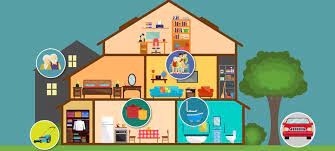Older adults can save tens of thousands of dollars annually by choosing assisted living communities over aging in place in their homes.
Unlike point solutions, Inspiren unifies resident safety, care planning, staffing, and emergency response into a single AI-powered platform.
An artificial intelligence-powered virtual assistant platform for senior living and care providers.
Betting that AI could lighten the clinician load.

 Aging in place makes the senior living industry anxious. A new article from
Aging in place makes the senior living industry anxious. A new article from  The AI infrastructure juggernaut is on – consumers hesitate and deployment is cautious. Parallel tracks are emerging. Investment by the
The AI infrastructure juggernaut is on – consumers hesitate and deployment is cautious. Parallel tracks are emerging. Investment by the  We are selling a product that people don’t want to buy. This Senior Housing News article,
We are selling a product that people don’t want to buy. This Senior Housing News article,